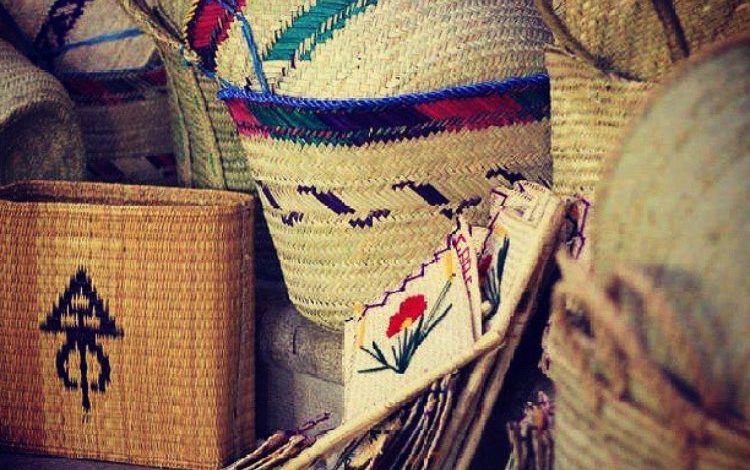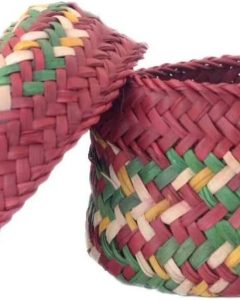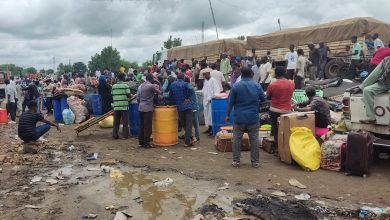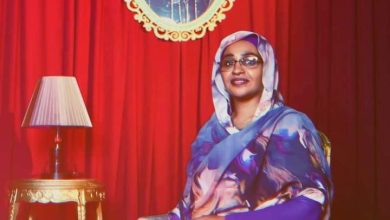Palm leaves industry: Vegetable Basket is A Model

Sudan Events – Neimat Al Naiem
Life, with all its hustle and bustle, takes us to the worlds of technology and the shortening of distances and times, so that the world becomes a small room through whose windows we look at this world whose train is speeding by.
Some countries reserve their seats, while others are passed by the train to stand on the waiting platform.
We search for a state of institutions and talk about political and economic stability.
The economy, with all its theories, works to organize the individual’s lifestyle.
We develop short- and long-term plans, policies, and strategies and monitor budgets at the personal and public levels. We grow, produce, and manufacture with all manufacturing names, from traditional, manual, to advanced, controlled and managed by machines and man-made.
Man creates creativity when he turns to the land, plants, succeeds, and produces.
Our ancestors preceded us in developing an approach and an economic system based on production.
In decades past, Sudanese homes were not devoid of raising animals, poultry, and cultivating a part of the home to complement the giving. Yes, most families ate what they grew and wore what they made (not with resonant slogans), but it was the reality at the time.
Palm trees and (dum )trees stand tall, telling of the pride and resilience of the Sudanese people, who have not and will not be broken by economic crises and the policies of governments that failed to manage the state.
The women of my country turned to these trees to make their fronds (or fins) to design and create a beautiful beauty that entered all Sudanese homes carrying a delicious haven of vegetables, fruits, bread and meat.
It was multi-purpose (I am talking about the vegetable basket) or (vegetable basket) for the younger generation.
The women of my country spent many hours designing this basket made of palm leaves or dum so that we could share our lives without getting tired or bored.
It was environmentally friendly and did not cause health risks and did not leave behind environmental waste that could pose a danger to the person carrying it.
They entered the homes of the rich and the poor, varying in size, design, and color, after cutting the frond slices, drying them, and dyeing them with what is known as (taffeta).
These women excelled in making the vegetable garden friendly to every individual who carried it with a love similar to the love of the homeland and a safe haven.
It did not threaten the country’s economy until it disappeared and disappeared from sight, and you may find it in some areas of limited or different use.
Palm products and handicrafts remain in demand with the increasing rise in diseases due to the use of plastic bags and the recycling process that has no mercy on the users of these bags (when carrying hot liquids and other foods and foodstuffs). I wish my people knew.
We called for us to return and commemorate the use of the “vegetable basket,” without which living conditions deteriorated (many may agree with me and we may disagree). The palm frond has many uses. It is a friend of Sudanese families during their weddings, sorrows even in death and other social occasions.
We called for the return of the use of frond products (vegetable basket) in order to connect the social media generation, while they are inside their virtual rooms, to a beautiful Sudanese reality in which there is the pride and pride of the grandfathers and fathers.
The (vegetable basket) was a nationalism that brought together all the tribes of Sudan that are struggling today over agriculture and pastures. They struggle and fight for flimsy reasons.
Palm trees and durum trees in all parts of Sudan remain a witness to that golden age. They still promise a lot , if we deal well with all our natural resources and employ our human resources to live in a safe and stable homeland.




